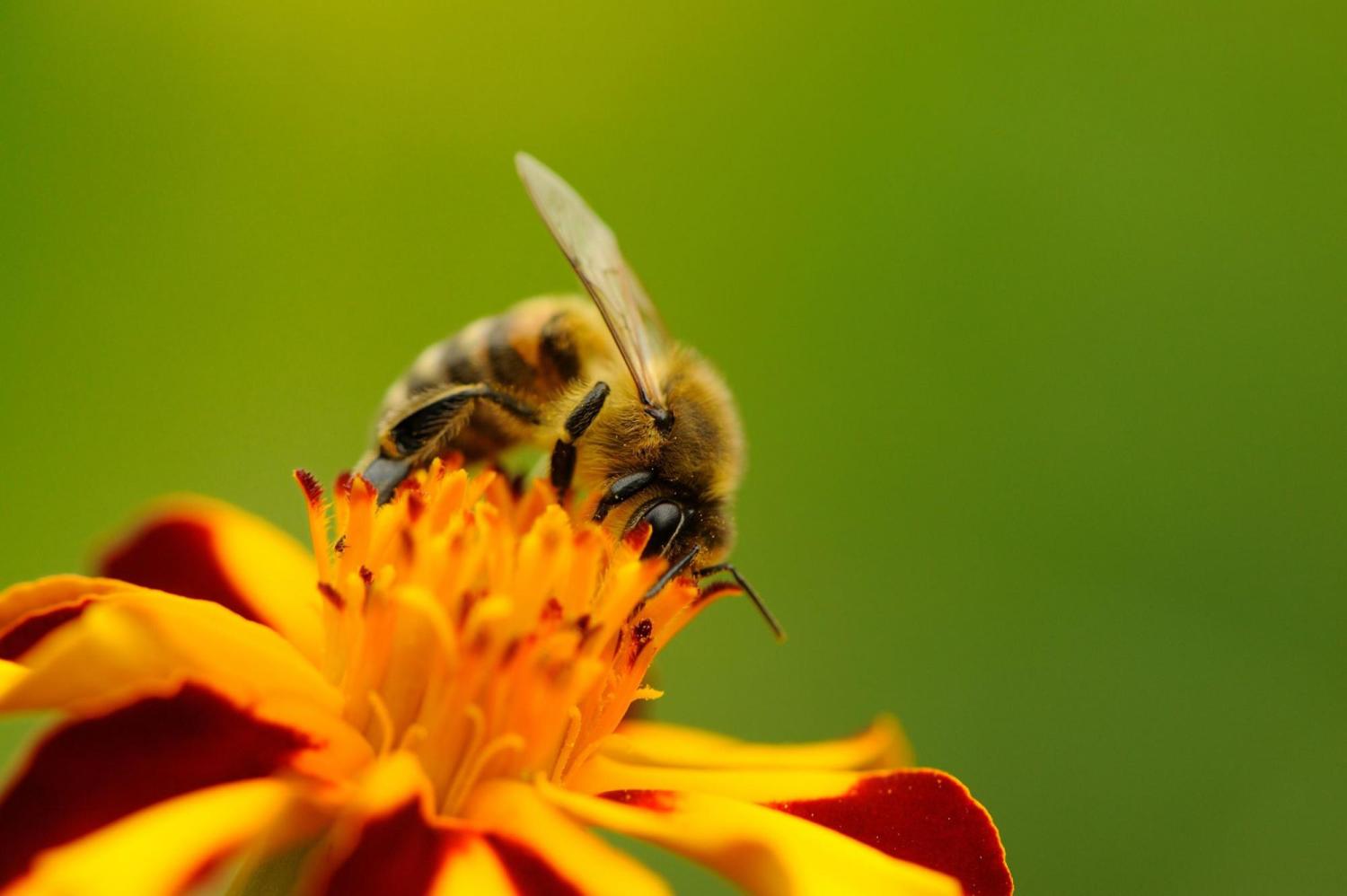CEDaR helps plan popular Pollinator Summit

About 175 people attended the fourth annual Colorado Pollinator Summit, “Protecting Colorado’s Biodiversity," which was planned by CU Boulder's Community Engagement, Design and Research Center (CEDaR) in partnership with other organizations. The Nov. 1 event, which featured plenary talks and panels on urban neighborhoods, landscaping for biodiversity and holistic farming in Colorado, was held at the Sustainability, Energy & Environment Center (SEEC) on the CU Boulder east campus.
"There is great enthusiasm for protecting bees and restoring habitat for them," said Louise Chawla, a CEDaR fellow and professor emerita, who has helped plan the summit for the past three years.
In addition to domesticated honeybees, Colorado has 500 species of wild bees, who in many cases pollinate crops and wild plants more efficiently than honeybees, she said. Other species that help pollinate the state's flowering plants and trees include beetles, flies and to a lesser extent, hummingbirds, butterflies and a species of bat.
The summit was opened by Kate Greenberg, Colorado Commissioner of Agriculture, who affirmed the commitment of Gov. Polis and his administration to help farmers transition to agricultural methods that protect wildlife habitat and wildlife species, such as pollinators.
Brendon Rockey, who raises specialty potatoes and quinoa on 500 irrigated acres in Colorado's San Luis Valley, spoke about how companion planting of wildflowers in his potato fields attracts beneficial pollinators and birds. A panel of landscape designers and prairie restoration experts discussed the native Colorado landscapes they are installing, in some cases at the scale of corporate and residential developments. Another panel featured work from CU Boulder, including the parking lot pollinator gardens that Danielle Bilot, an instructor in the university’s Program in Environmental Design, is creating with her students. Megan Jones, a Colorado State University (CSU) doctoral student, shared her research which explores why people install wildscaping gardens in their yards and why they become “ambassadors” who spread this practice among their neighbors.
"Biodiversity landscaping is important to me," Chawla said. "It is critical for sharing the living world with children, who are the focus of my practice and research."
The event was planned by CEDaR, along with the nonprofit, the People and Pollinators Action Network, the Butterfly Pavilion, Denver Botanic Gardens, the City of Boulder, CSU Extension, and the Audubon Society.

